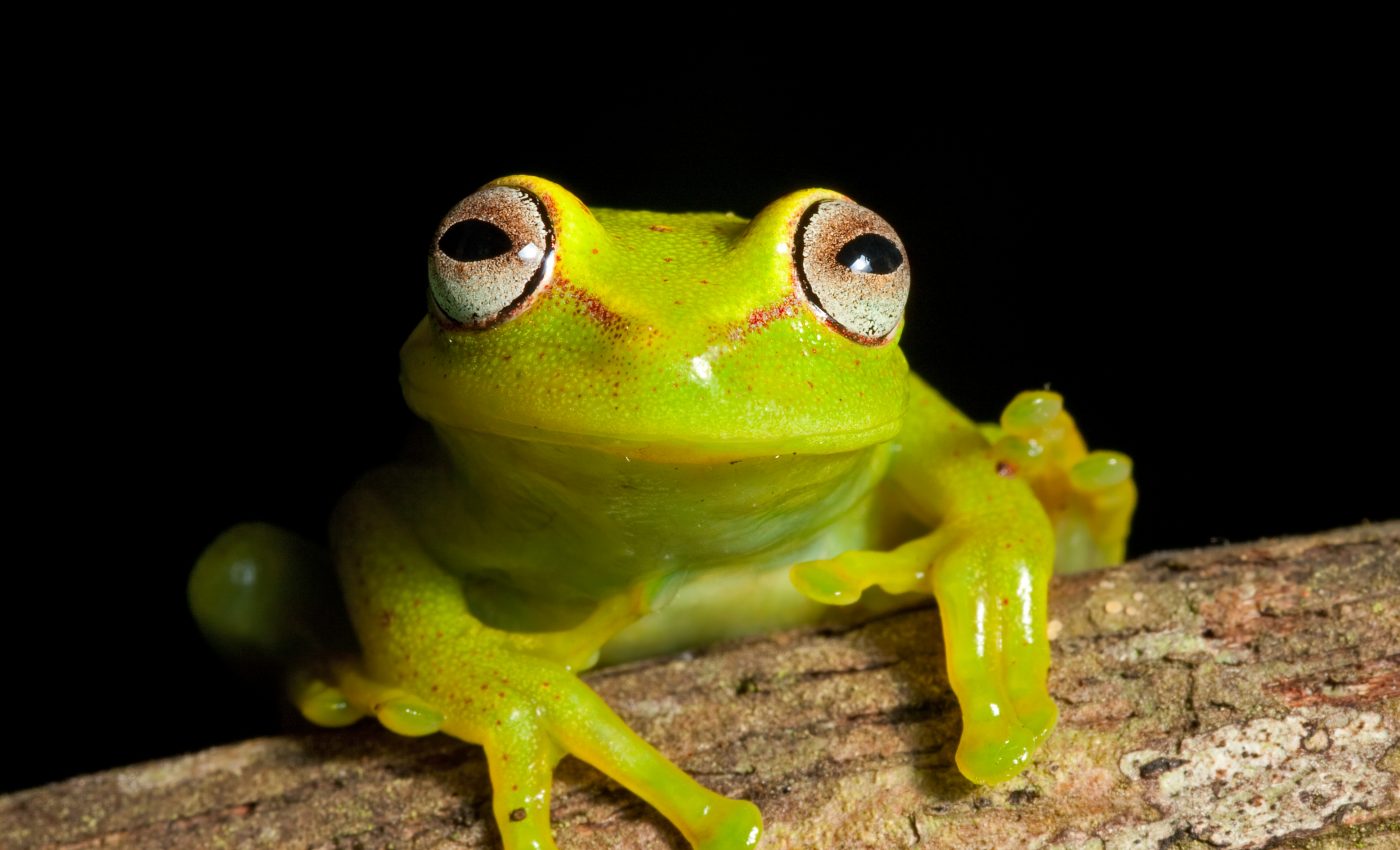
Frogs thought to be extinct have been detected using environmental DNA
Scientists have used a new environmental DNA testing technique in Brazil to find evidence of a frog that was believed to have gone extinct more than 50 years ago. The frog, Megaelosia bocainensis, has not been spotted since 1968.
The study was designed to locate declining and missing species in two biodiversity hotspots in Brazil: the Atlantic Coastal Forest and the Cerrado grasslands.
To investigate whether certain species may be present in areas they once inhabited, the experts used an advanced technique that involves collecting and screening environmental DNA (eDNA). This method picks up on the traces of DNA that are left behind by living organisms in the soil, water, and the air.
Since Megaelosia bocainensis vanished from Parque Nacional da Serra da Bocaina, Brazil, it has been known only from a museum specimen collected in 1968. The eDNA technique can confirm the presence of species that go undetected using traditional methods, providing a valuable tool for conservation scientists to evaluate threatened species.
The analysis detected signs of Megaelosia bocainensis, as well as two frogs that were presumed to be locally extinct and four species that are in a state of decline.
“Little bits of DNA in the environment don’t tell us about how many individuals there are or whether those individuals are healthy, but it does tell us that the species is still present,” said study senior author Professor Kelly Zamudio of Cornell University.
“This is one more kind of survey data, and for species that are declining or locally disappeared, it not only means they are there, but there’s now the potential to study them in more detail,” she said, noting that for many species, very little is known.
The investigation targeted 13 frog species that have totally disappeared, 12 species that have disappeared locally, and five species that have become hard to find.
The researchers hiked into the sampling sites and collected stream or pond water, using a special filter to capture and preserve DNA. In the lab, the DNA was extracted and genetically sequenced. They eliminated genetic material from humans, pigs, and other organisms until they had isolated all the frog DNA.
“Now you’ve got a subset of genetic sequences that we know only belong to frogs, and then it’s step by step, going finer and finer, until you get to the genus and species you are looking for,” said Professor Zamudio.
Even though the scientists did not have any tissue from M. bocainensis for a DNA comparison, they had tissues from related sister species.
“We know there’s a Megaelosia there, we just don’t know which one it is, but the only one that has ever been reported there historically is the one that went missing,” said Professor Zamudio. “Do we believe it? That’s how far the analysis can take us.”
The study is published in the journal Molecular Ecology.
—
By Chrissy Sexton, Earth.com Staff Writer













